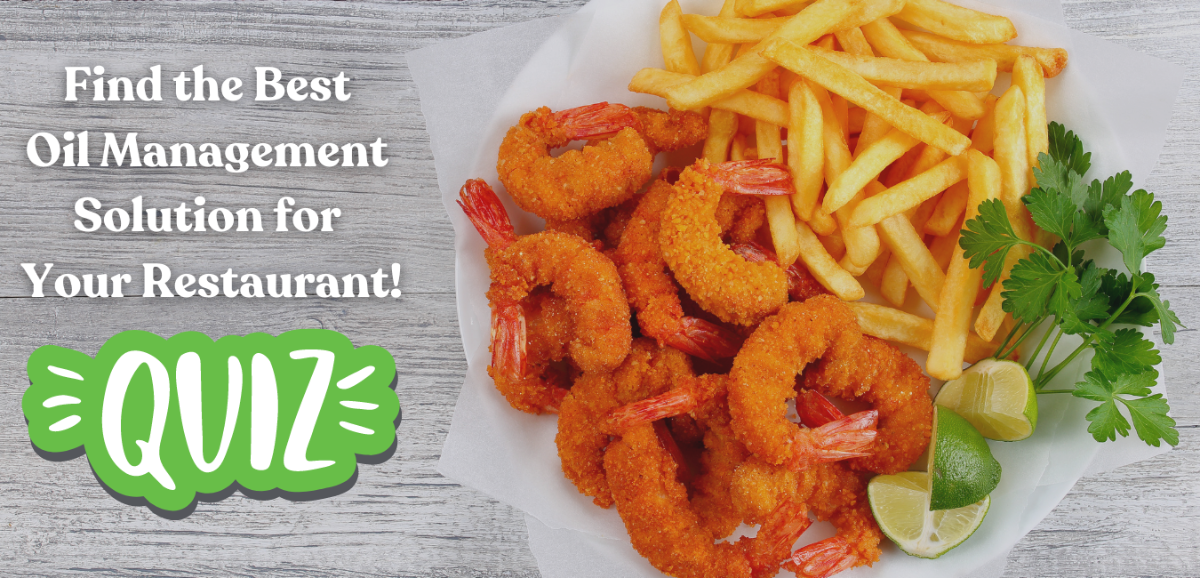We are finally starting to see life come back to some normalcy after an unprecedented year. Restaurants are reopening and are able to increase their capacities, but still have some big hurdles to overcome.

Finding Efficiencies
One of the biggest immediate challenges to tackle is finding a new way to be operationally effective amidst staff shortages. Both independent and multi-store restaurants worked to simplify operations and improve efficiencies during the lockdown. Most were very successful by strategically focusing on their core processes. As states reopen and restaurant demand increases, we now face new challenges: shortages of food products and multi-year price highs. To help your business stay afloat, here's one way to lower food costs for restaurants.
Costs vs. Operations Example: Chicken Wings
Urner Barry reports that frozen chicken wing inventories is at its lowest since 2012, and fresh wing prices are at record highs. How do we cook those wings? We fry them! Unfortunately, the frying oil used to cook the wings is easily keeping pace with wing price increases and even outpacing it. Soybean oil prices alone have risen more than 50% since April 2020. Prices are being driven by soybean oil demand in China, COVID related production hiccups, labor tightening, crop production, return of the restaurant business, and biofuels demand. We are starting to hear rumblings of edible oil prices doubling by late summer 2021. Protecting your investment in both the chicken wings and the oil they are cooked in is key.
A typical restaurant wing operation will throw away their oil every 3 – 7 days depending on their volumes. This discard is easily $1,500 – $3,000 per fryer, per year. The loss adds up quickly and can be substantial if you are a national chain.
Invest in Quality
So, what to do? As mentioned earlier, focusing on the core processes will give you the biggest benefits. In the case of fryer operations, make sure you start with a high-quality, high stability frying oil. You can attempt to off-set higher oil prices with a cheaper lower quality frying oil, but for what you get in initial cost savings you lose over time due to frequent discards and poor food quality.
“Customers are your biggest judges…they know exactly how much sauce you’re supposed to get. They know exactly how your chicken is supposed to taste. They know exactly how it’s supposed to look when it comes out of the fryer.”
Poor quality frying oil just doesn’t deliver what the customer expects. The expense extends far beyond the fryer itself and erodes margins through comped meals and the loss of loyal customers.
Focus on Operations
Consider five core operation focus points for frying operations:
Core Operation Focus Points – Fryer Operations
-
Start with high quality frying oil
-
Mechanically maintain the fryer
-
Skim solids from the oil surface frequently
-
Filter the oil for solids
-
Use a frying oil life extender like FreshFry Pods
FreshFry Pods solve for quality and operations
FreshFry Pods are the easiest to use frying oil purification solution on the market. They fit every size fryer and training and daily use is a snap. Implement frying oil savings up to 80% per fryer, per year - plus the restaurant gets to do what it does best - focus on the food and the customer’s expectations for a great experience!






